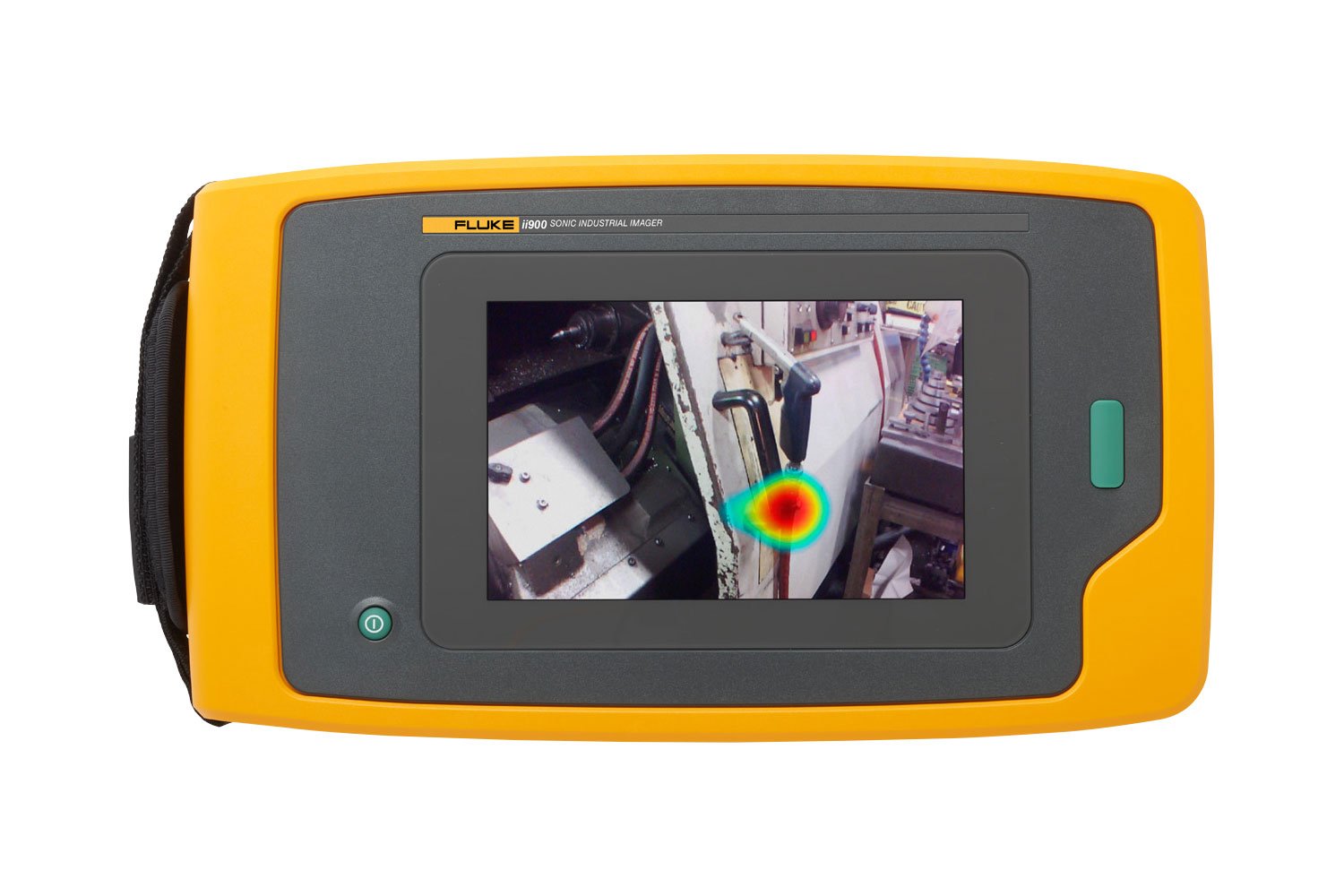Compressed gases come with inherent risks no matter the industry, but for hospitals, the risks are even greater due to the nature of the business. Besides healing patients, healthcare facilities are constantly trying to mitigate risk. Learn how hospitals keep patients and employees safe around compressed gas systems.

Same gases, different uses
Gases distributed for human use (patient care) are regulated by the U.S. Food and Drug Administration (FDA) as pharmaceuticals, which means they require a prescription for use. In fact, medical gases are one of the most frequently administered drugs in the United States. They must be transported, stored, and dispensed following strict standards, which extend to delivery components such as tanks, regulators, and tubing.
Industrial gases are regulated by the U.S. Department of Labor, Occupational Safety and Health Administration (OSHA), including permissible exposure limits (PELs), uses, and transportation standards. Many states, including California, have lower PELs than OSHA.
Industrial gases include, but are not limited to:
- Acetylene – used for welding, cutting
- Argon – used as a shield for welding, cutting
- Carbon Dioxide – used for refrigeration, cooling, casting
- Helium – used for purging, pressurizing
- Hydrogen – used as a reducing agent, carrier
- Nitrogen – used in fertilizer, nitric acid, nylon, dyes, explosives
- Nitrous Oxide – used as a food propellant, in packaging
- Oxygen – used in welding, cutting, scarfing, flame cleaning, flame hardening, flame straightening
Compressed gas comes with risks
Many of these same gases are used in the healthcare industry to treat patients, and they all come with associated risks. Compressed gases can cause fires, explosions, and oxygen displacement, which could all be deadly. In addition to these risks, there is an overall risk of toxic gas exposure.
Regardless of how compressed gases are stored or used, every component in the delivery system needs regular inspections. This is especially true for areas where people are working near compressed gases. A study by The Joint Commission found that hospital employees working in laboratories or operating rooms are more likely to be injured by exposure to medical gases than workers in other areas of the facility. This is because medical gases are most generously used in these spaces. And regardless of the ventilation, the risks are still greatest to individuals who work in them.
Despite the elevated risk to employees in these areas, patients have less risk of exposure because theirs is limited to a short stay. The Joint Commission’s study identified the greatest risk coming from regular, daily exposure to small gas leaks.
In an industrial plant with compressed gases, there is a risk of toxic gas exposure due to leaks in the compressed gas system. Where industrial gases are used day in and day out, by the same workers each day, even a small leak in the system has the potential to injure.
Compressed gas leak detection
Healthcare facilities rely on their maintenance teams to find and repair compressed gas leaks quickly and effectively. During a pandemic, this is even more critical as patient care spaces are in higher demand and there is little opportunity to perform regular checks where gases are administered to patients. Yet, the systems are running at capacity, which increases the probability of leaks.
 Fluke ii900 Industrial Acoustic Imager
Fluke ii900 Industrial Acoustic Imager
In addition, the healthcare environment is sensitive to maneuver through due to patient care restrictions. This includes limiting the maintenance team’s exposure to airborne illnesses and patients who have fragile immune systems.
The three compressed gas leak detection methods available for consideration include:
- Specialty soap solution sprayed along the system lines and connections to see if bubbles appear. (Note that this is slightly different from the typical soap and water method used for compressed air leak detection. Some gases are volatile and certain soaps may contain ingredients that aggravate the gases.)
- An ultrasonic acoustic leak detector requires a trained technician to conduct a point-by-point inspection and listen for leaks through sensitive earphones.
- An acoustic imaging camera, such as the Fluke ii900 Industrial Acoustic Imager or Fluke ii910 Precision Acoustic Imager, used from a distance to see the sound of the leaks.
For both healthcare and industrial plants, the first method is unreasonable due to a lack of access to all components and the safety hazard caused by the soapy water that creates a slippery floor. The second option is also unreasonable because neither healthcare facilities nor industrial plants are quiet places. To make this method work well, facilities would need to schedule downtime, which is not preferable or sometimes even possible. The third option is the most reasonable because it uses a tool that requires little-to-no training on how to use, can be used from a distance to stay out of the way of workers or patients, can be used regardless of ambient noise, and is safe because it leaves no trace behind.
Learning from the healthcare industry
While compressed gas leaks have the potential to create serious challenges for maintenance teams in any industry, the healthcare industry has likely the most challenges. The risks of toxic gas exposure are known to cause injury to those who have long-term exposure, such as those who work with or in the vicinity of compressed gases. A leak detection method that is non-intrusive, safe, and accurate, like the sonic industrial imager, allows maintenance teams in healthcare and industrial plants to find, fix, and confirm gas leaks quickly and effectively.